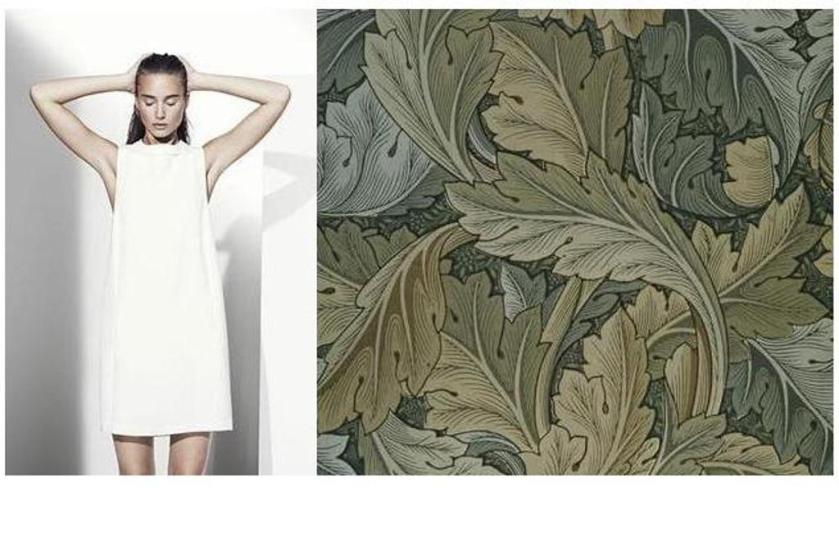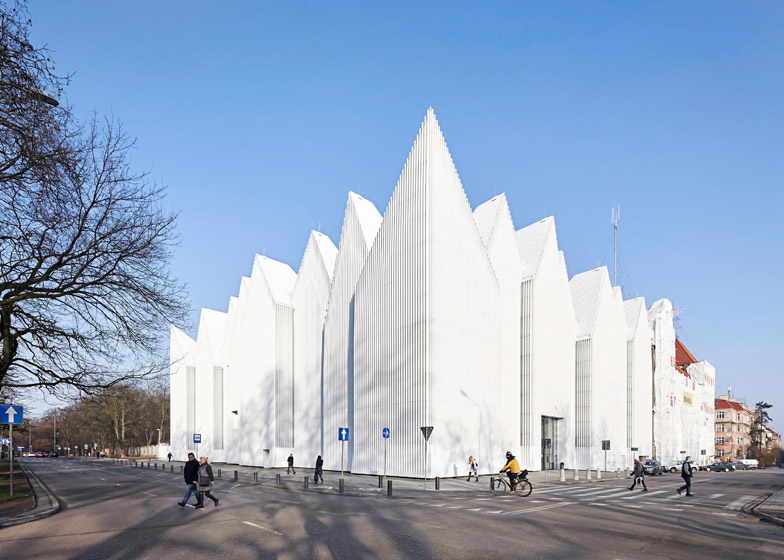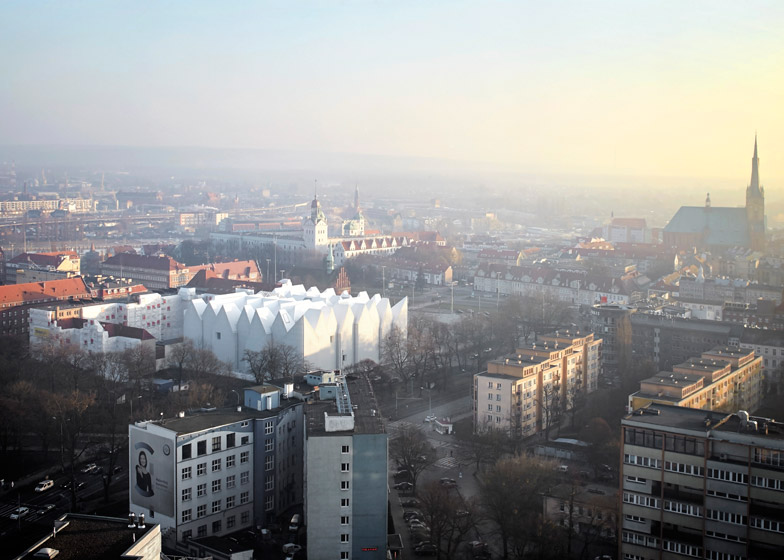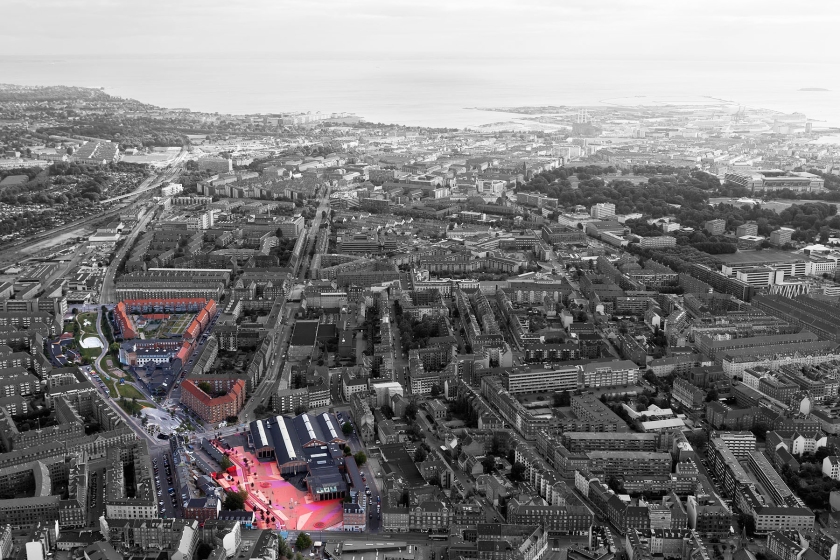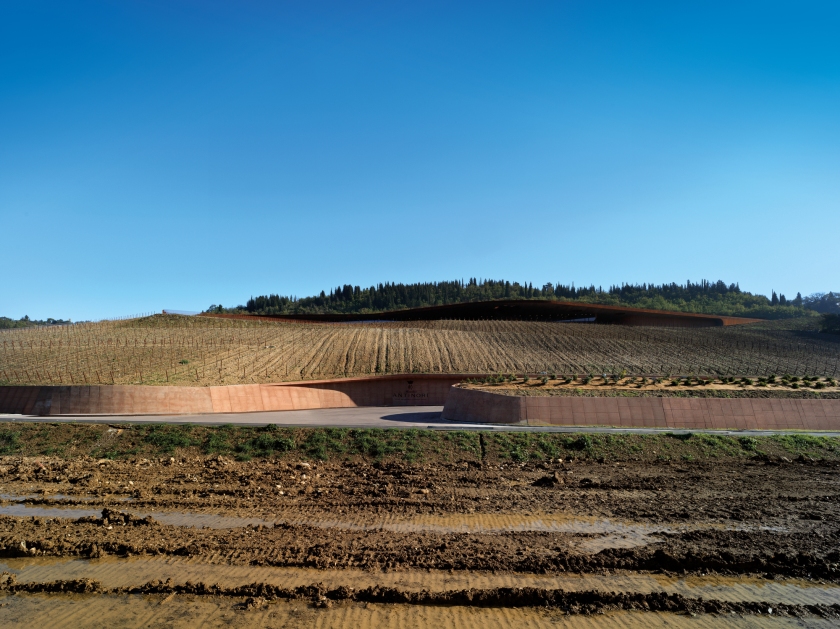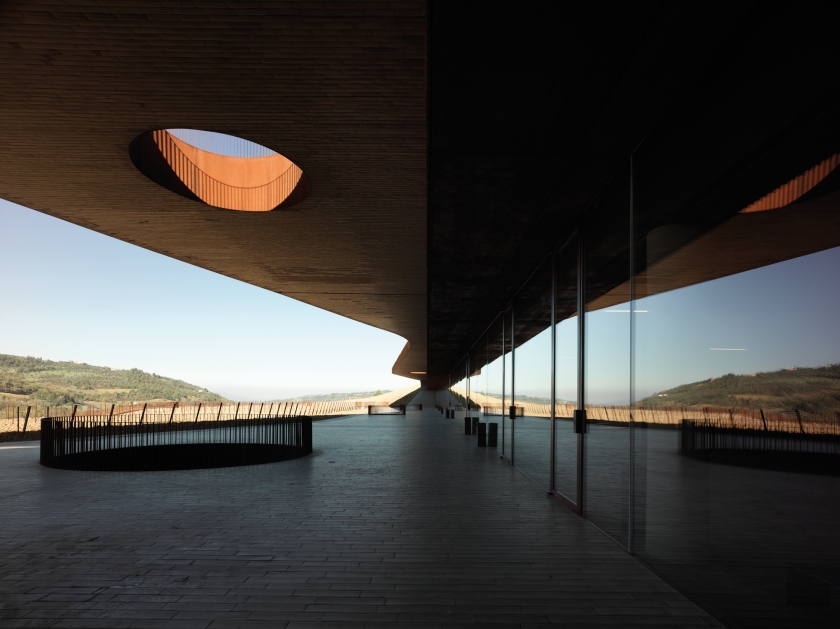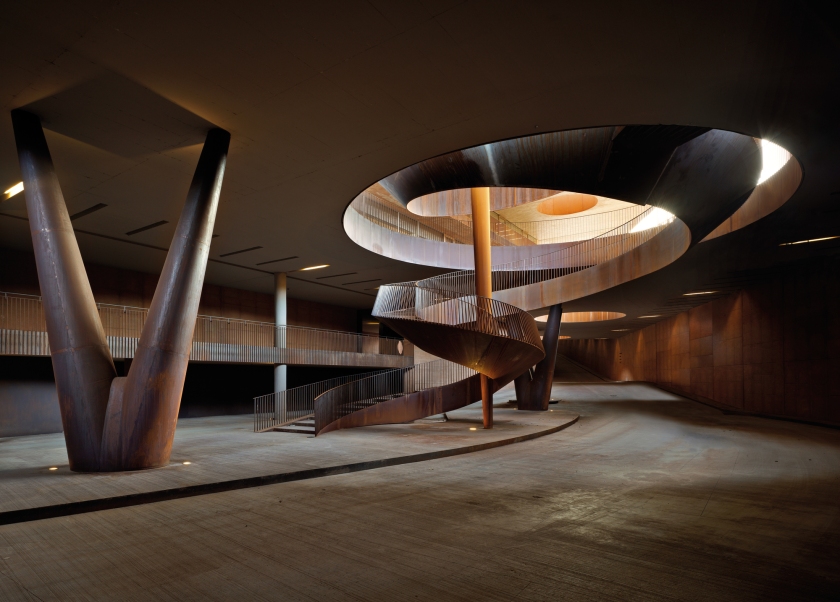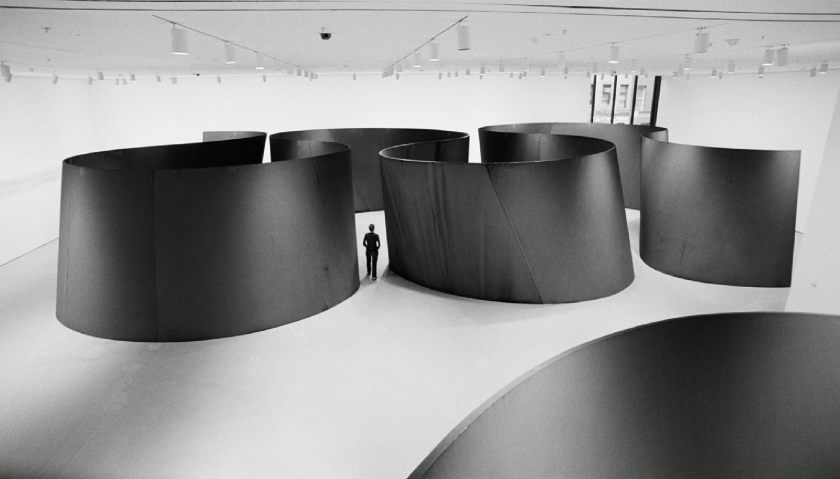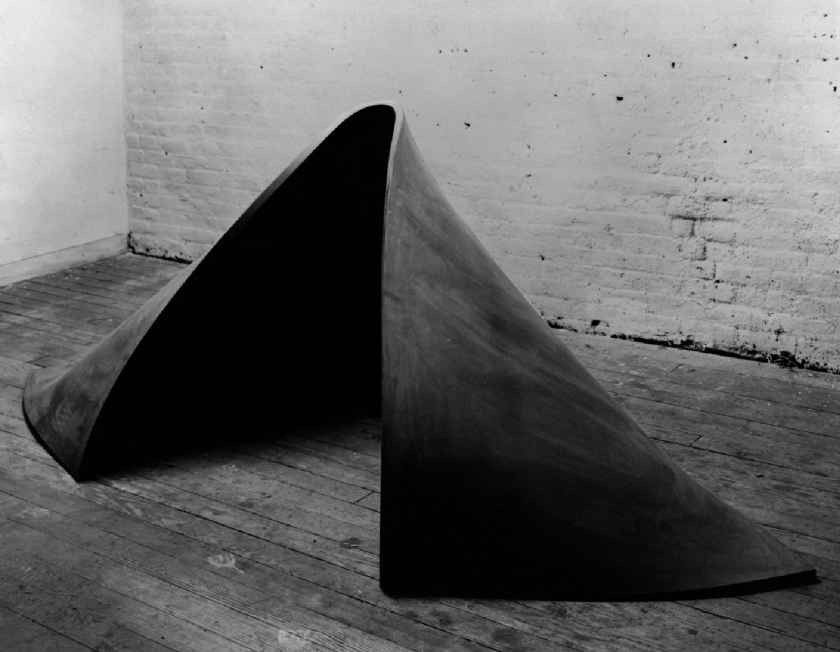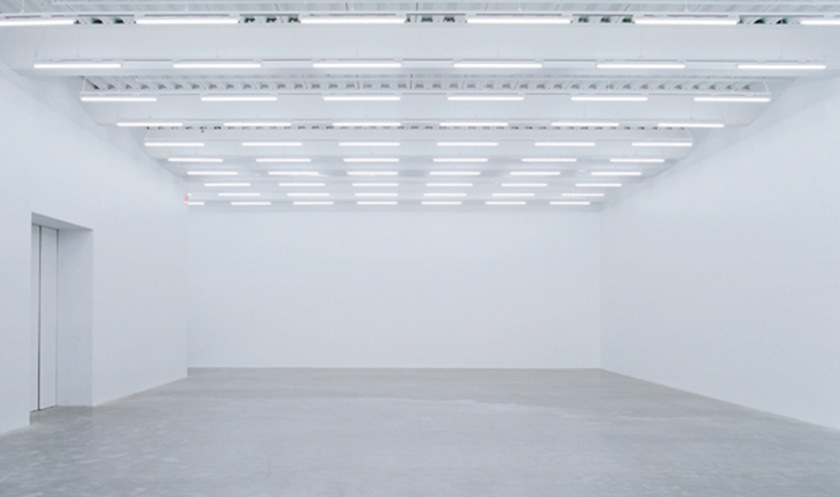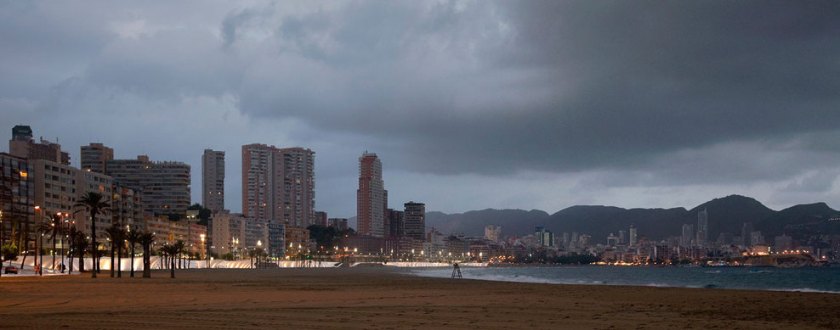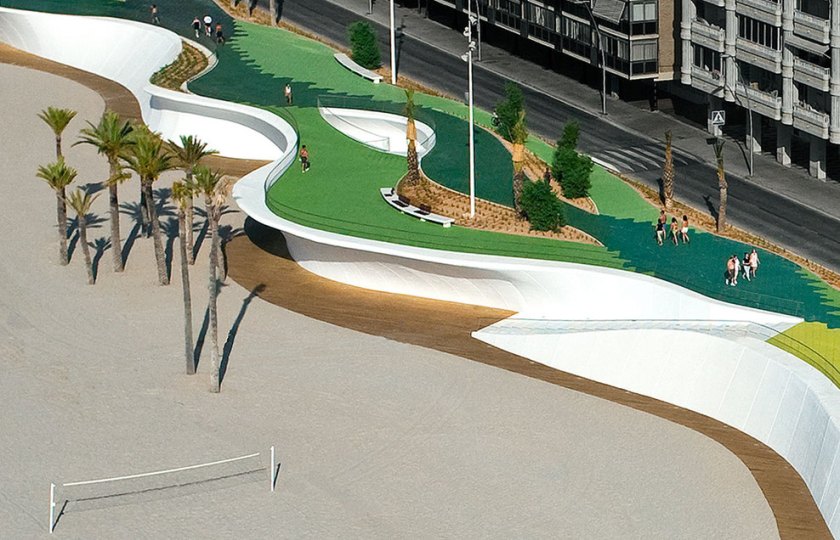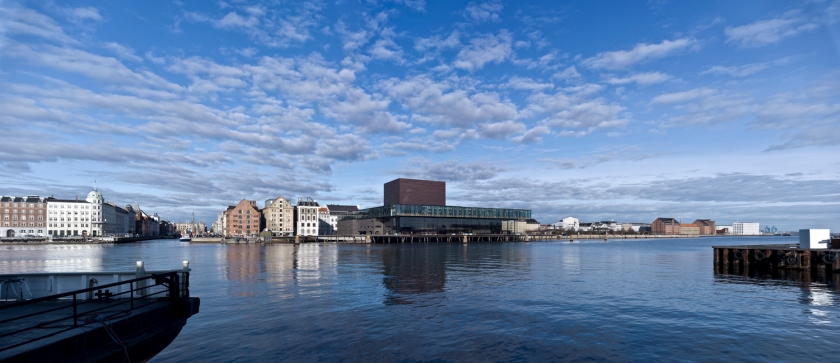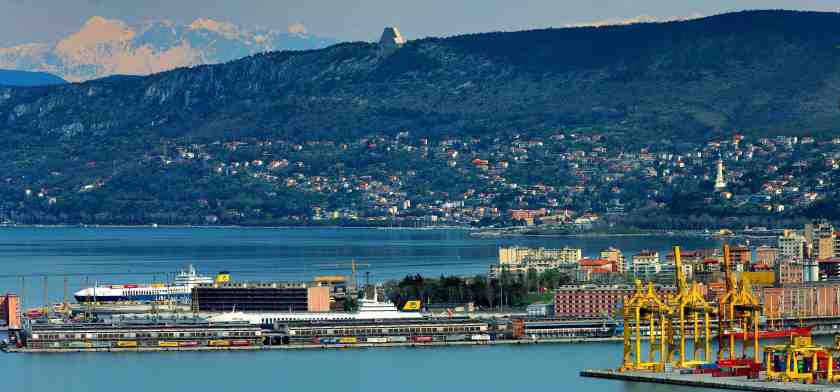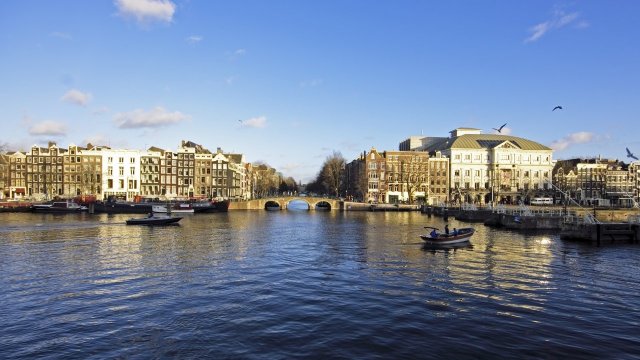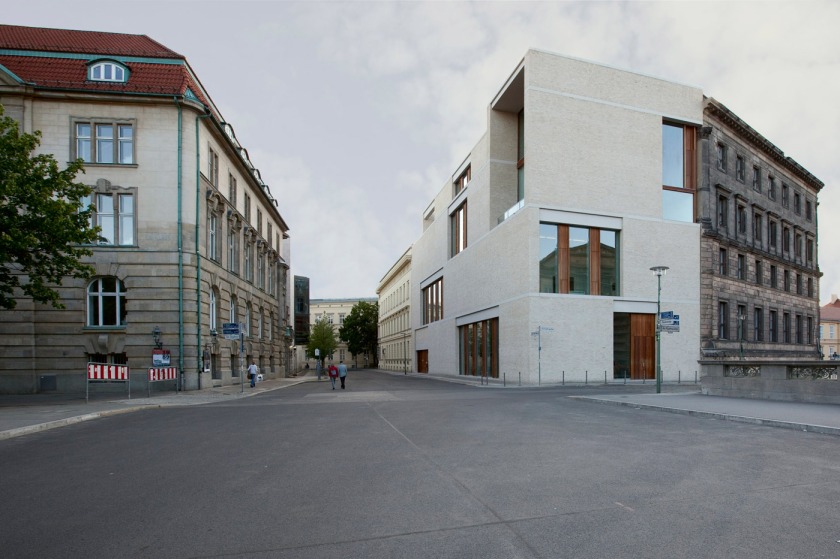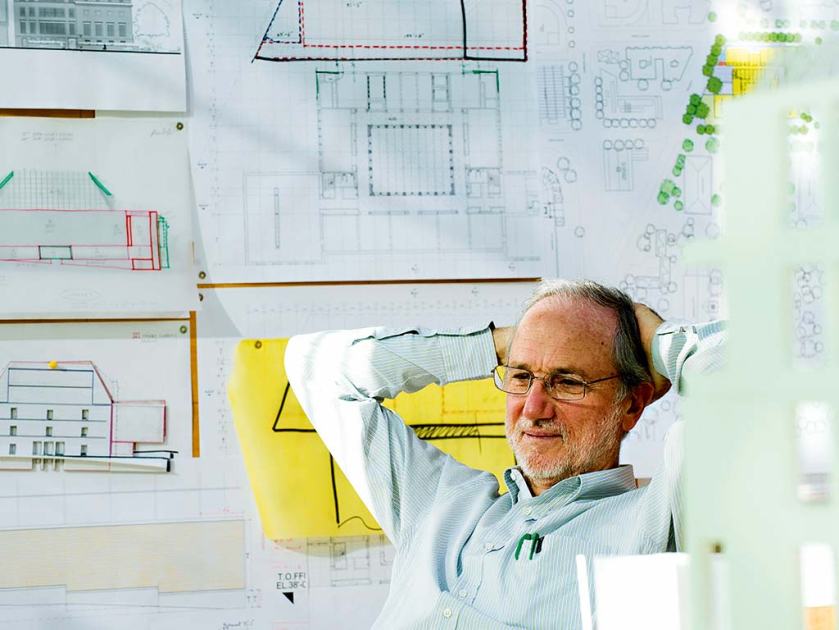查询今天1分钟极速赛车开奖记录结果
gallery interiors that create intimacy between you and art .
“The ideal form of the gallery as a white cube is inseparable from the artworks exhibited inside it.”
[Brian O’Doherty – Inside the white cube]
Today, we are all familiar with the “white cube”. If you’ve ever been into a contemporary art museum, you’ve definitely experienced it: plain white walls, polished floors, basic furniture, artworks evenly lit from above (with the quiet help of artificial lighting).
This aesthetic, first experimented in the United States in the 50s, has come to define our idea of space in an art gallery. Its concept focuses on the intense relationship between space and visitor.
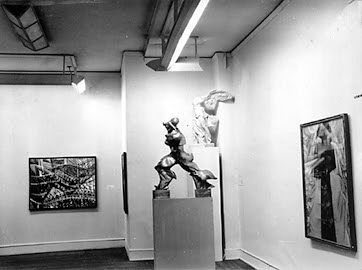
Alfred Barr’s “Cubism and abstract art” exhibition in 1936 – MOMA, New York. First example of the revolutionary “white cube” display method.
> The interior
Total white abolishes any perceptive connection with reality, emphasizing a quasi-religious atmosphere in which time and social space are excluded. This neutrality makes the viewer concentrate on individual masterpieces, with nothing interfering with the experience. In this way Art frees itself from the idea of the exhibition as “introduction of a piece into a room”.

White Cube – Bermondsey, London

Lisson Gallery, London

Lisson Gallery, London

White Cube – Madisons, London

Lisson Gallery, London
Read More
Like this:
Like Loading...
